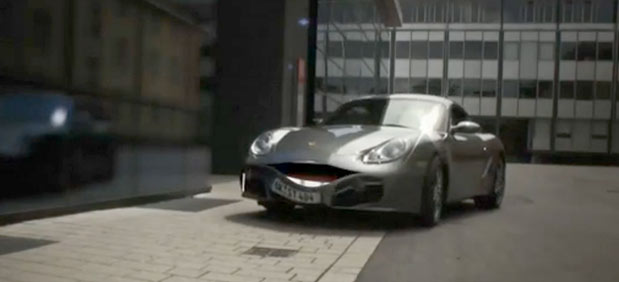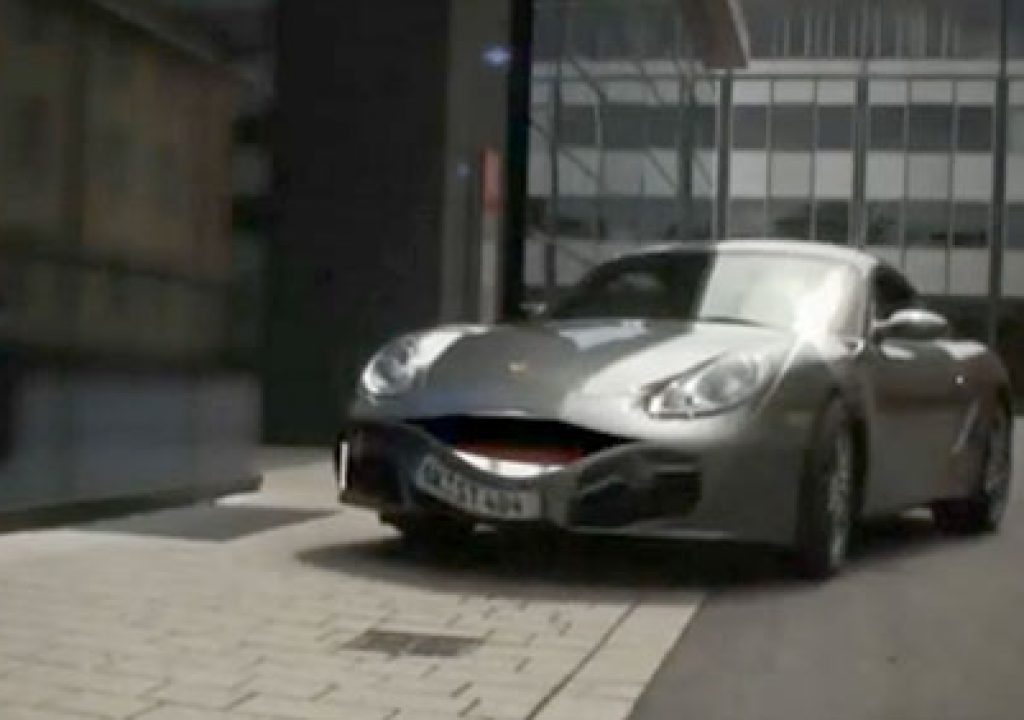
Here’s the latest week or so of assorted After Effects tutorials, tips, and scripts & plug-ins new and old.
Mamoworld has released Auto Lip-Sync, a tool that leverages built-in features of After Effects to help you animate a mouth in sync with audio. Auto Lip-Sync features a step-by-step wizard that analyzes a voice recording and helps you customize and fine-tune the mouth for your project, for example, how wide the mouth opens and how it deforms for certain syllables. It also provides null objects to animate user-provided teeth and tongue. It won’t solve all your problems, especially if prominent jaws need animating, but should pay for itself before the first job is finished. To peak at some successes and limitations with related techniques, see an AE Portal roundup, Lip Sync in After Effects.
VinhSon Nguyen has an early review, and there’s also a contest on Aetuts+ for users that want to try a fully functional trial of Auto Lip-Sync and maybe win some product. Also on AEtuts is A Look At How To Use “Auto Lip-Sync” by creator Mathias Mohl, which does lip sync on a moving car: tracking in MochaAE, importing with MochaImport+, and stepping through the wizard. Here’s an example and intro tutorial, Talking Tree with Auto Lip-Sync:
CuteDCP is a new DCP (Digital Cinema Package; explained) creation tool for After Effects from Fandev. It’s “an exporting (output module) plug-in which allows users to create DCPs from any file imported into After Effects and reduces the number of steps creating a DCP to a minimum. CuteDCP is easy to use and has been tested on most major play-out servers.”
Creating a Digital Cinema Package (DCP) with AE appears to be of interest lately, with a thread on the AE-List, Digital Cinema Package Tutorial by Matt Cameron, and Getting to grips with making a Digital Cinema Package by Danny Lacey. See also the comments in Need to Project in a Digital Theater? Make a Digital Cinema Package for Cheap with OpenDCP by Joe Marine. CuteDCP looks like a shortcut through the thicket; here’s a demo:
Joren Kandel posted AE Videocopilot Element 3D Review at The Pixel Lab, which says that even someone invested in 3D will find E3D text useful. But Element 3D goes far beyond text, especially if you have a beefier OpenGL graphics card, as seen in the handy Help page video list by Andrew Kramer & company at Video Copilot, and in additional resources in Element 3D: new After Effects plug-in at PVC. Here’s Joren and a new video from VideoCopilot, on the 3D Replicator:
CG Motionbox noted a new video review and Rendering Minecraft Worlds in After Effects using Element 3D, both by Csaba Nagy.
Peder Norby recommends Andrew Kramer’s tutorial 108. Particle Shadows for creating shadows for Element 3D.
Evan Abrams posted Spin Like a Rubix Cube – An Adobe After Effects Tutorial to make ‘solids spin like a rubix cube using fake 3d techniques. You can do this in almost all versions of Adobe After Effects. Certainly cs6 has the extrude function but we don’t need that here and I’m not sure we even want it just right now. So if you have cs3, cs4 or cs5 you should be fine. Any older and just replace the “shape” layers with “solid” layers.’ You may also want to check out a related resource, RubikCube, a AE script that creates and animates a Rubik Cube. It’s at AEScripts, which has several more scripts from NAB Scripts.
Here’s an example from that roundup, Motion Artwork’s 2.5D volumetric light with CC Light Burst in 3D Text in After Effects ENGLISH // Part 2 on YouTube in 2007:
Mamoworld discussed Patrick Siemer’s rotoscoping workflow, which uses Tracker2Mask to create a cartoon look.
Motionworks posted a new video, Effects A-Z: Difference Matte, which makes use of Smart Object > Stack Mode > Median on video in Photoshop to extract a clean plate for the difference matte. Surprisingly, there are not many tutorials on the Difference Matte effect, and this one comes from an unexpected direction. For some additional options see Mark Christiansen on Refining a matte in ‘After Effects CS5 New Features’:
Richard Harrington posted a recording of his “Creating a Film Look on a Video Budget” webinar, which was sponsored by Tiffen, makers of DFX and DFT film looks plug-ins.
Dan Ebberts’ website Motion Script had a facelift, and has new articles for the dedicated, Expression Speed and Frequency Control and Realistic Bounce and Overshoot.
Zack Lovett has several interesting expression-oriented projects on his blog, for example Download: 3d Scroll Wheel (pictured).
DeCasteljau Bezier Curve is a new script that “creates an After Effects composition taking the principle of the technique found by Paul de Casteljau to draw a Bezier curve.” It seems to be more about stuff created with Flash Builder than something like the alternative keyframe interpolations of the AE script Ease and Whiz.
Evan Abrams posted 3D Tracking/Camera Solving – An Adobe After Effects cs6 Tutorial. He says, ‘3d Camera tracking or Camera “solving” as it’s properly called, will generate a virtual camera that tracks the physical camera moves you’ve made in a scene so you can place virtual things in there and they will look like they belong. It’s not that hard, and with cs6 it’s even easier. There are some trade offs and caveats to watch out for.’
VFxBro also has a recent take, After Effects Cs6 – 3d Camera Tracking, and Ronn Trevino posted a 3-part tutorial, CS6 After Effects camera tracker and C4D workflow. Several related tutorials were mentioned not long ago in After Effects News Roundup; see especially Studying 3D Camera Tracker by Jerzy Drozda Jr (aka maltaannon). Here’s Evan and VfxBro:
Chris Fenwick posted Tutorial – Time Lapse in After Effects. See also the excellent reducing flicker for stop-motion animation and time-lapse photography by Benjamin Markus on the AE team blog.
Luca Visual FX Film Leaders are QuickTime movies that can integrate with a Mac-based plug-in. For some related resources, see Lens wacking, free lensing, and light leaks: A mini-roundup. Here’s NLE Ninja with a demo:
TinyTuts (aka Jesse Rosten) posted Background Extension in After Effects, with “a few simple ideas on how to get a white seamless look without having a huge space.”
Please note that these roundups are for quick review and comparison. There is almost always vital information from the originating authors at the links provided-and often free presets, projects, or stock footage too.

